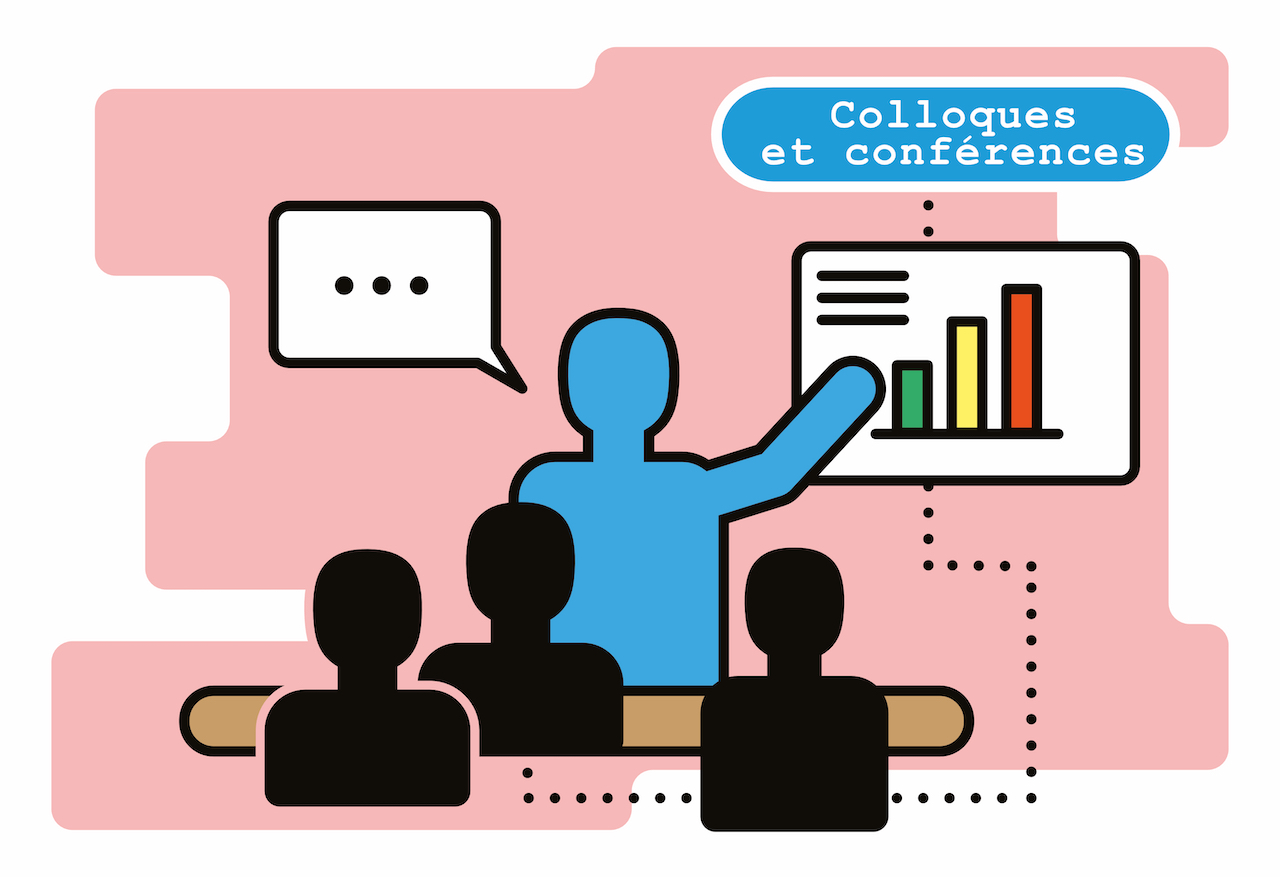"Multi-faceted, multiple and shared narratives of the Troubles: the ‘Everyday Objects Transformed by the Conflict’ exhibition, 2012-2022"
Fiche du document
9 novembre 2022
- ISIDORE Id: 10670/1.65fc4d...
- hal: hal-03904247
Sujets proches
Irish Free StateCiter ce document
Karine Bigand, « "Multi-faceted, multiple and shared narratives of the Troubles: the ‘Everyday Objects Transformed by the Conflict’ exhibition, 2012-2022" », HALSHS : archive ouverte en Sciences de l’Homme et de la Société, ID : 10670/1.65fc4d...
Métriques
Partage / Export
Résumé
This presentation will focus on a case study: the ‘Everyday Objects Transformed by the Conflict’ exhibition, put together in 2012 by Healing Through Remembering, a cross-community organisation based in Belfast. http://healingthroughremembering.org/everyday-objects-transformed-by-the-conflict/The exhibition toured Northern Ireland and the border counties during the summer of that year and has since been displayed in several forms (objects and/or panels) in several locations, in Northern Ireland, the Republic of Ireland and the Basque Country. It is currently touring the municipal libraries in Northern Ireland. The objects displayed are on loan from various private and public collections, with accompanying texts written by the collectors themselves. The objects are ordinary objects whose meaning or purpose was transformed by the conflict, for instance a milk bottle turned into a petrol bomb, defaced coins bearing the mark of paramilitary groups, or a marmalade jar with a William of Orange label. Each object tells a story, which makes the narrative told by the exhibition a multi-faceted one about the conflict. Moreover, more often than not, the exhibition was shown in non-museum spaces: churches, libraries, vacant shop units, Stormont building, community centres, etc, some in mixed/neutral areas, others in more nationalist or unionist areas. The choice of non-museum spaces sought to bring non-museum going visitors to the exhibition, but their nature and location also influenced the type of visitors who came to the exhibition, each with their own narrative of the conflict. One of the aims of the exhibition was to trigger conversations about dealing with the past, by having the multi-faceted narrative of the exhibition meet the multiple visitor narratives.This presentation will use the visitors’ feedback that has been collected over the last ten years and gives insight into the visitors’ cognitive and emotional experience as well as their engagement with the topic of the exhibition. It follows up on work initiated in 2012, when I worked as an intern with the association and wrote a report evaluating the response to the exhibition. It will focus on how the exhibition served as a reflective trigger about the conflict and on the contribution of this exhibition to a shared narrative of the past in post-conflict Northern Ireland.
